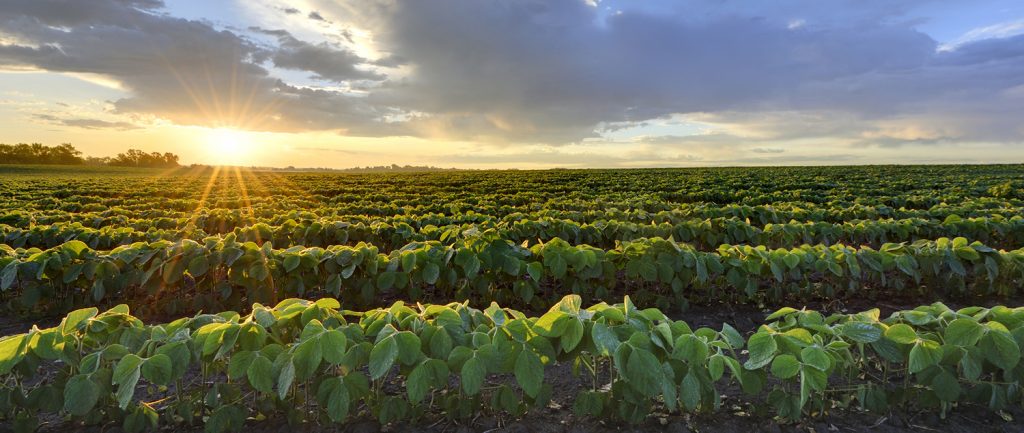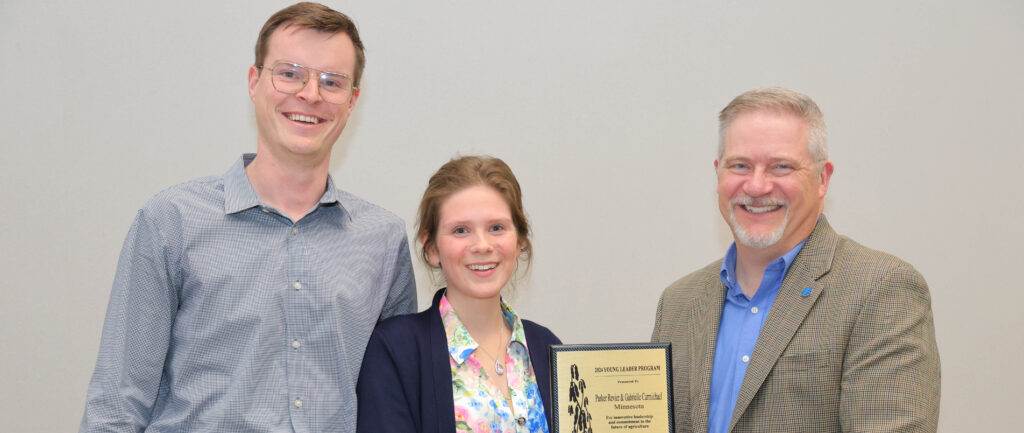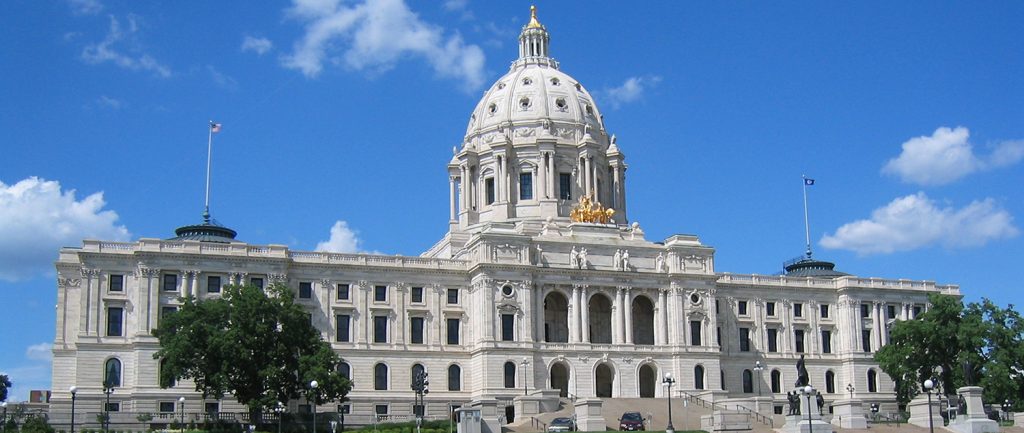Soybean crush, biodiesel facility aims to transform northwest Minnesota’s ag economy
Funding for a soybean crush and biodiesel facility in Crookston is no longer a pipe dream for Minnesota agriculture. This week, Gov. Tim Walz signed the omnibus agriculture finance bill, approving $5 million in funding for the Soy Innovation Campus at the University of Minnesota Crookston.
“This is a dream come true for farmers in northwest Minnesota,” says Mike Skaug, who farms near Crookston in Polk County, and is a director with the Minnesota Soybean Growers Association (MSGA). “We’ve always viewed the Soy Innovation Campus as a game-changer for our region’s economy, and we’re grateful the legislature and Walz administration see the same potential that we do.”
Throughout the 2019 legislative session, MSGA farmer leaders were a constant presence in St. Paul, meeting with legislators and Gov. Walz’s administration to highlight the education and economic benefits a soybean crush and biodiesel facility would bring to northwest Minnesota.
The funding will go into effect in the second half of the biennium budget in July 2020.
“MSGA couldn’t be more thrilled to see that this project will come to fruition,” says MSGA President Michael Petefish. “Although there’s much more work to be done, today is a moment to celebrate the farmer leaders who worked together proactively toward a common goal, took this big idea and ran with it.”

The University of Minnesota (UMN) Extension, along with the Minnesota Soybean Research & Promotion Council (MSR&PC), conducted an economic impact study of a soybean crush and biodiesel facility. The numbers show the Soy Innovation Campus has the ingredients to reignite northwest Minnesota’s agriculture economy, where more than 1.5 million acres of soybeans were harvested in 2018. Soybean production throughout northwest Minnesota has increased by more than 300 percent in the past 20 years; the 11 counties that would benefit from the Soy Innovation Campus produced more than 62 million bushels of soybeans in 2018. The backstory behind the project was featured in the March-April issue of Soybean Business, MSGA’s official publication.
“With the ag economy suffering throughout Minnesota, this funding couldn’t have come at a better time,” says MSR&PC Chair Patrick O’Leary. “This was a team effort and I’m proud of the Council for the hard work they put into this project on behalf of Minnesota’s soybean farmers.”

According to the UMN study, the construction of the soybean and crush facilities would generate $134 million in economic activity and add an estimated 820 jobs, contributing nearly $323 million in new economic activity across northwest Minnesota. The plant would create 80 to 100 direct jobs and have an estimated payroll and benefits of more than $5 million.
When fully operating, the facility could increase the price of soybeans in the region by an estimated 10-to-20 cents per bushel.
“We appreciate the support of legislators throughout the state, as well as Gov. Walz’s administration,” says MSGA Executive Director Joe Smentek. “We swung for the fences on this one, and to see this project closer to becoming reality is enormously gratifying for our organization and a testament to our farmer leaders and lobbying team in St. Paul.”




